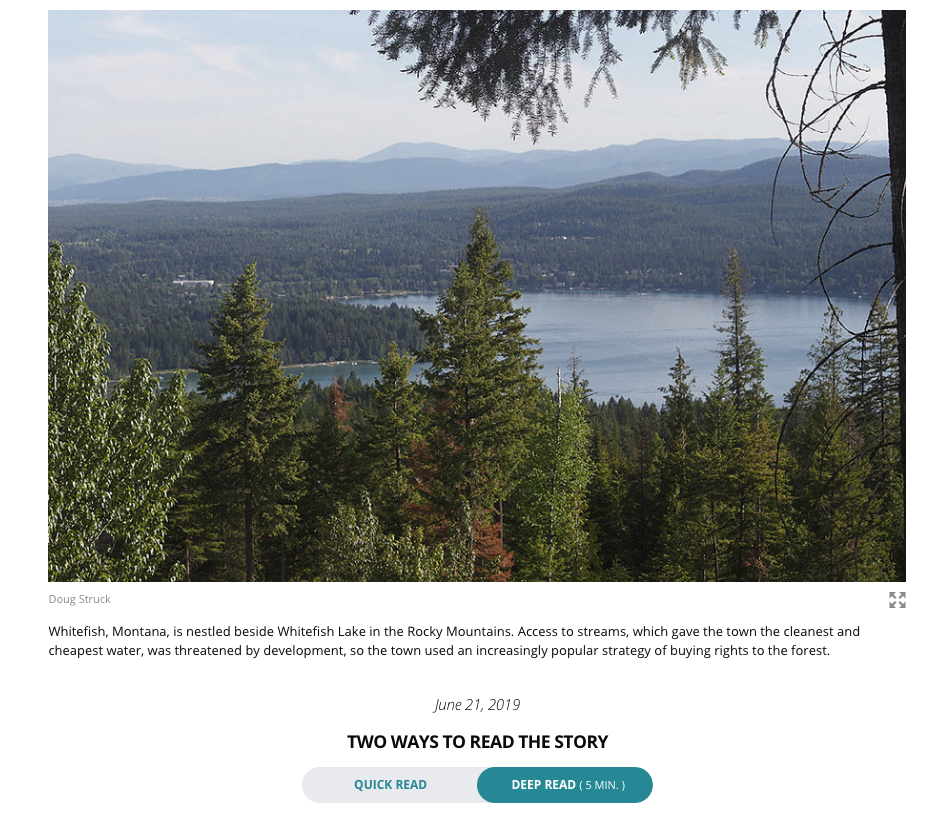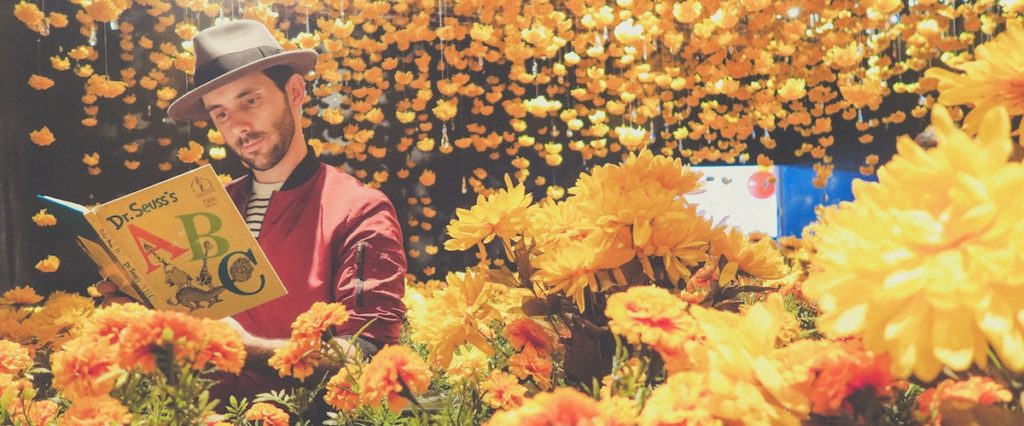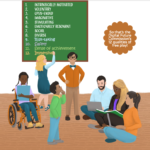
I read a lot. I use Evernote extensively during the week to track what I’m reading and to record any notes I might have. If I’m reading online, I’ll usually copy and paste the whole article into Evernote. Then when I’m sitting in a waiting room like I was yesterday, or standing in a long line waiting for a single-shot nonfat latte, I can catch up on the longer reads I didn’t have time for in the moment I first encountered them. Midweek I dedicate an hour or two to scroll through my Mindful Digital Life editorial notebook to see what I might want to share in the Friday blog post.
If you’ve been reading my posts for a while, you know I also write about reading…in particular, the work of reading. Starting last year, I shared my adventures reading Maryanne Wolf’s Reader, Come Home. Working my way through Reader, Come Home helped me build my deep reading muscles again. I’d become impatient with books. When I opened a link today from the Christian Science Monitor email digest, I was struck by how the editors organized the article for their readers. Right below the title, “When water demand rises, this Montana town invests in forests,” they have a section WHY WE WROTE THIS with this brief explanation: “Whitefish, Montana employs a counterintuitive yet well-established method for cleaning its water supply: It spends money on forest preservation.” Cool. Then scrolling down page, immediately after a photo of Whitefish and before the text begins, I noticed TWO WAYS TO READ THIS STORY, with two buttons, QUICK READ, and DEEP READ (5 MIN.). I appreciated that it defaulted to the “deep read.” But wow, 5 minutes is a deep read today.
No wonder my deep reading muscles need a work out…which brings me around to the book I am reading, How to Do Nothing: Resisting the Attention Economy by Jenny Odell. Reading this book is not a walk in the park, although the author talks a lot about her own walks in the Rose Garden in the Oakland Hills near where she lives. It’s work. But it’s work worth doing. I had to give her time…I didn’t understand why she seemed to be taking an enormous and extremely detailed detour through territory I thought was way off topic. But after a short break, I persisted. And I was humbled by the journey I found myself on with her. I’m still reading. Unfortunately, there is no 5 min. version. You have to work for the insights. I’ll say it again. It’s work worth doing. It will surprise you and support you in how you consider creating a mindful life with technology. And your deep reading muscles will be grateful for the workout.
From my Evernotes this week
I didn’t have to think much about what to share this week because the post by Richard Louv on Natural Libraries really got my attention. (I wrote about Richard Louv’s writing and organization, The Children & Nature Network, a month ago. I hope you have subscribed to the C&NN newsletter.)
What are you reading?
What are your children, tweens, and teens reading? How are you reading? When are you reading? Why are you reading? I’d love to hear from you. Respond here and I’ll set up a Zoom call to talk about reading in our lives.



